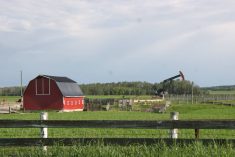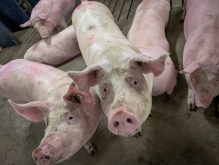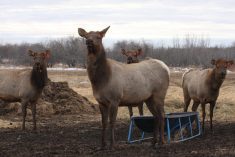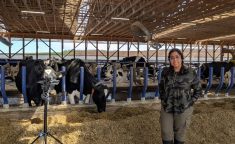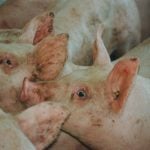Craig Shaw knew that when it came to trying to coax more yield from his black soil near Lacombe, one size – or in this case, one rate – didn’t fit all.
Shaw knew that he was overfertilizing some already fertile areas of his soil, but perhaps not applying enough elsewhere, resulting in a double loss of more money for less crop.
To find answers, he teamed up with Jay Bruggencate, a Lacombebased agronomy consultant, to develop a zone management system.
“We started this in 2007, so we’ve got two years of experience on what we’ve been doing so we’re dealing with fairly dry growing conditions. We’re trying to do this from the perspective of you as farmers, so you can see if this makes sense for your particular operation,” Shaw told the Direct Seeding Conference in Nisku, hosted by Alberta Reduced Tillage Linkages last month.
Read Also
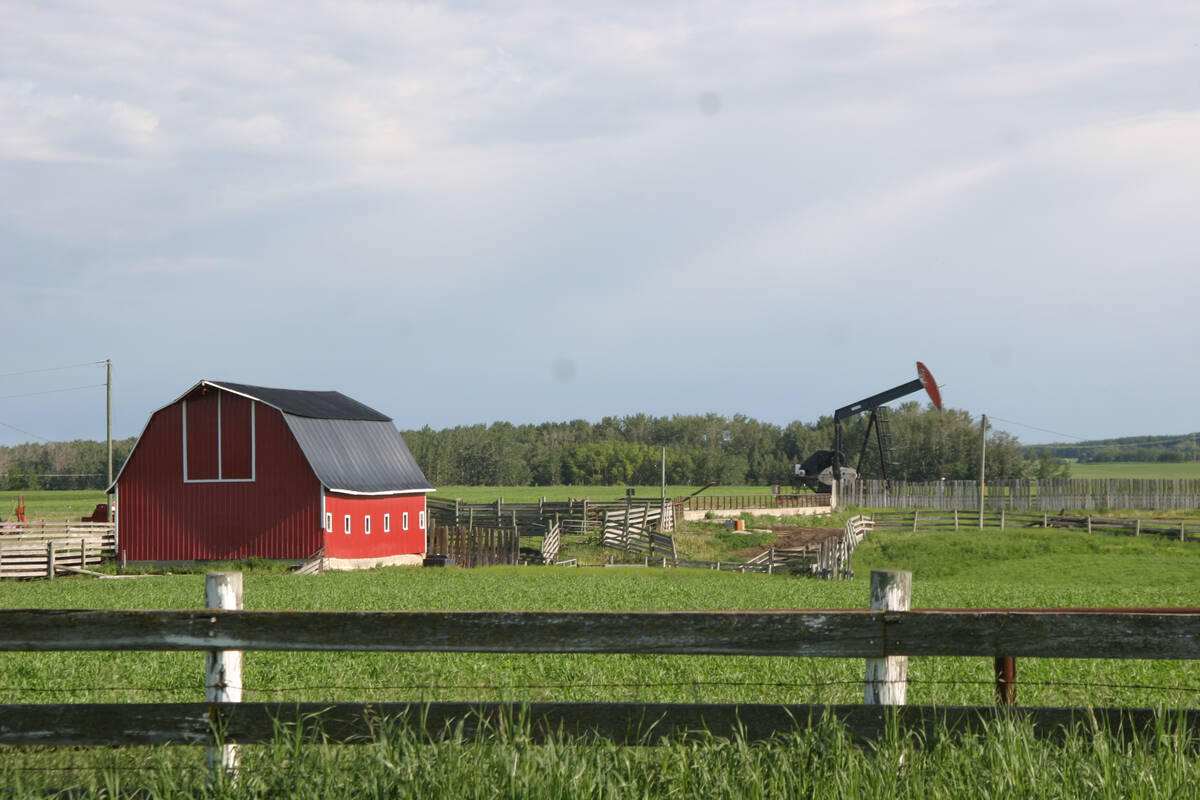
Recommendations in the mature assets strategy could cause potential problems for landholders
The Western Stock Growers’ Association urges producers to pay attention to the potential changes to Alberta’s Mature Assets Strategy.
“As we pushed for higher yields, we started to find out that we were running into problems because our margin of error was reducing,” he said.
Shaw knew he wanted to make maps of his field, but felt hampered by the huge learning curve he needed to undertake the project, so he and Bruggencate decided to go with a Manitoba consultant who specialized in satellite imagery in Western Canada. The company does the zone testing and “prescription maps” – the maps which define the variations across the field.
More than one factor
Shaw said producers interested in fertility and variable rates need to consider that fertility is only one of many variables in cropping.
“This is one of the areas where variable rate had a problem in the past,” said Shaw. “You’re not going to cure everything with fertility. And the reality is that we can’t cure a lack of moisture with fertility, so you need to consider that we’re only addressing one part of the variables that are part of your crop situation,” said Shaw.
He says moisture, salinity, pH and fertility are all factors. He encouraged producers to sit down and look at all these variables when planning their fields, and address how each factor affects the other variables.
Some factors, such as and seeding times and growing season length cannot be controlled by the producer, but still need to be considered as part of the strategy. “You need to consider and assume these factors for an average situation,” said Shaw.
Some of these variables may not factor in when examining a composite field, but make a difference when zones are explored.
Variable rate technology helps counterbalance field variability, said Bruggencate.
“What does variable rate really mean? It’s about putting crop inputs in at the right place, at the right rate, at the right time,” he said.
“We’ve got lots of natural variability, sloped topography, texture, little micro-climates within fields. We’ve also have a lot of manmade variability,” he said, noting tiling and drainage also create variability in fields.



